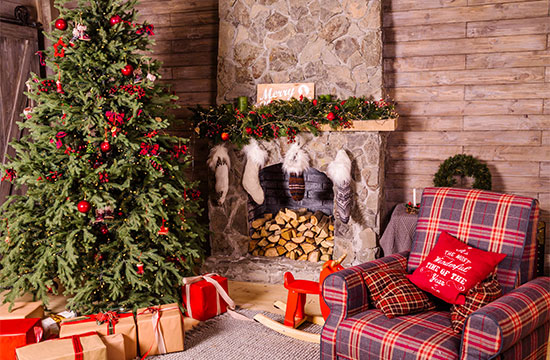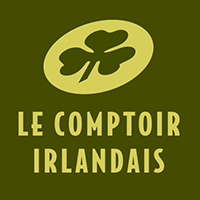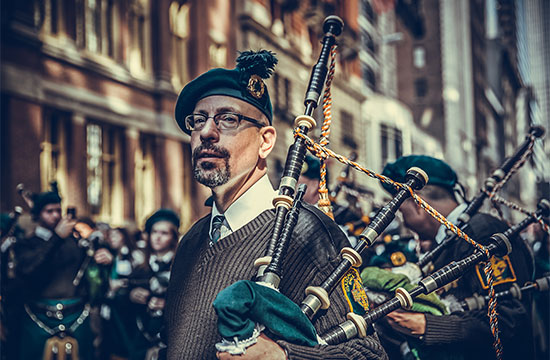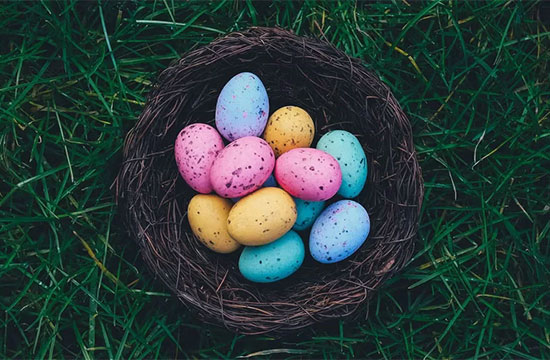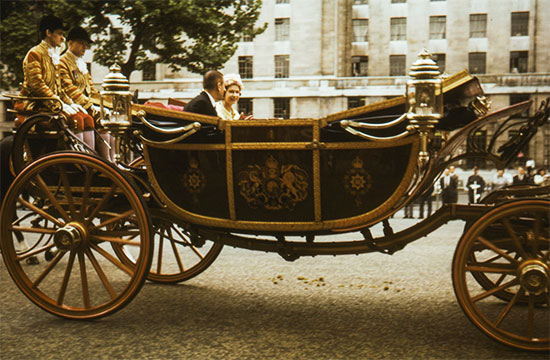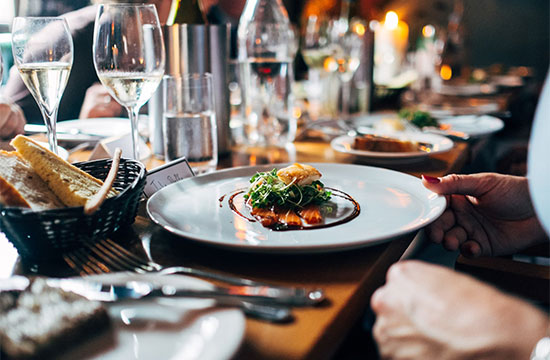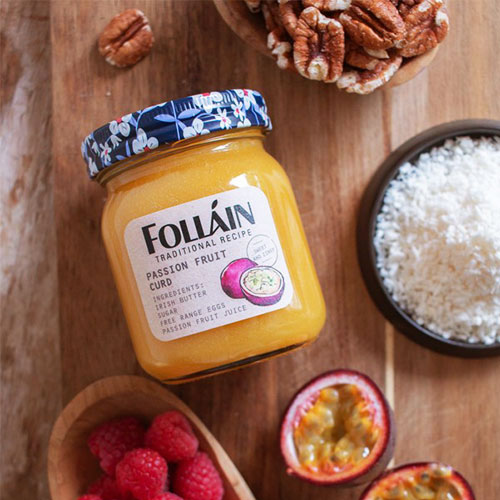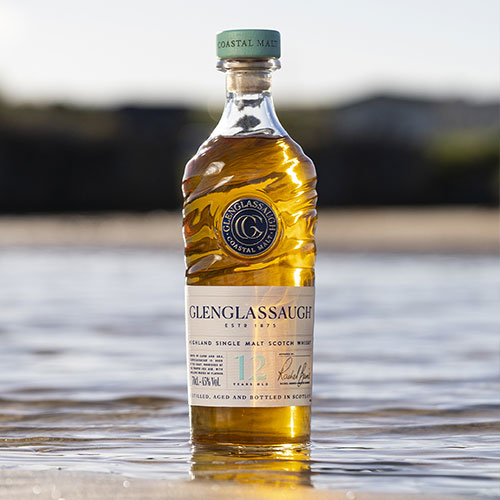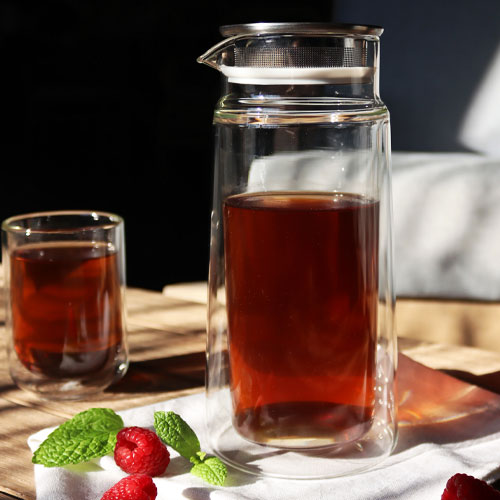THE FOOD HABITS OF THE BRITISH
What do the British eat in a day?
The rhythm of meals in the United Kingdom is more or less the same as in France, but their composition differs somewhat. Here first are the 3 traditional meals of the day:
Breakfast: Generally served between 8 a.m. and 9 a.m., breakfast varies enormously: it can also consist of cereals (often porridge), toasts and a drink (and in this case it's not that far from the French breakfast) than the ingredients of the Full English Breakfast with beans, sausages, eggs, tomatoes, bacon... Although few British people eat this rich breakfast on a daily basis, it is the one traditionally served in hotels and B&Bs in Britain.
Lunch: The British generally give little time to lunch and prefer to opt for a sandwich accompanied by chips, a fruit and a drink, or for a Fish and Chips or a burger eaten in haste. With the exception of Sunday, the opportunity to gather together around the table and the famous Sunday Roast.
Dinner: Also called “supper” or “tea” (which can lead to confusion if you are invited: should you arrive for tea time or dinner time?), dinner is served earlier than in many European countries, between 6 p.m. and 8 p.m. The consistency of the dinner varies: if it is a dinner, there will be meat accompanied by vegetables, a curry or other traditional Indian dish, or a dish based on pasta or rice. If it is a supper, then this meal will be lighter (soup or sandwich for example).

Added to this are the non-essentials, the little extras of the day such as:
Elevenses: Aka the tea/coffee break, the elevenses allows you to treat yourself to a tea or coffee, why not accompanied by a small snack, at the 11 a.m. break. This term appeared during the Industrial Revolution, when factories flourished in Great Britain and tea became the workers' drink. This little revitalizing break, beneficial to the workers, gave birth to the famous elevenses.
Afternoon tea: Afternoon tea traditionally takes place in the middle of the afternoon, around 3 p.m. This is the opportunity to treat yourself to a sweet break with a cup of tea or coffee accompanied by typically British specialities such as scones, muffins or even cakes and pastries.
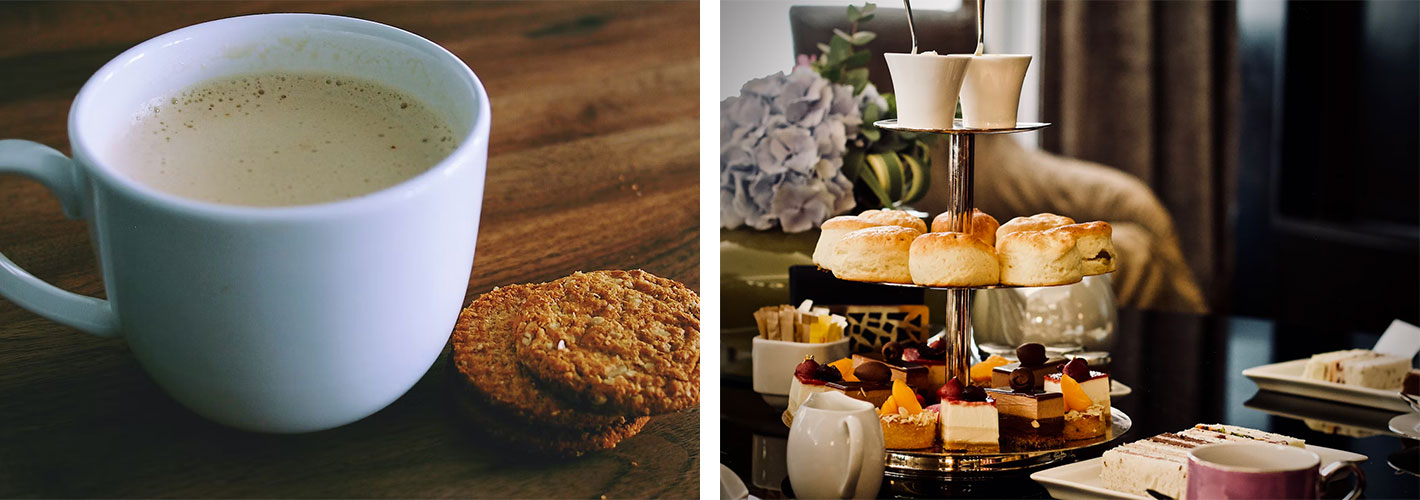
And what about their eating habits all year round?
And in Ireland?
Saint Patrick
The most famous of Irish festivals is an opportunity for the inhabitants of the Green Island to get together with family or friends, in a restaurant or at home, around the typical dishes of their country. Although many tourists consider corned beef with cabbage to be the traditional Saint Patrick's Day dish, it is in fact inherited from Irish-American immigrants.
On Saint Patrick's Day, the Irish tend to cook roast or stew meat dishes (beef or lamb) such as the famous Irish stew accompanied by Colcannon. There are also savoury pies like Shepherd’s Pie or Guinness Pie, and of course the famous Soda bread. Everything is traditionally washed down with Guinness and why not a glass of whiskey.
Easter
Easter is a celebration very dear to the Irish, very attached to their past and their religious traditions (see "Easter in Ireland" to find out more). But in Ireland as throughout the United Kingdom, the Easter meal is more or less the same and is traditionally composed of roast lamb or salmon, accompanied by potatoes, vegetables and stuffing. This meal ends beautifully with the Simnel Cake, a cake made from dried fruits and almond paste, without forgetting the chocolate eggs and rabbits, as well as the traditional Hot Cross Buns.
Halloween
If Halloween is celebrated in many ways around the world (see dedicated article), certain culinary traditions remain and are shared by several countries: the pumpkin which, as in France, is at the heart of Halloween exterior decorations (we have all already transformed this unfortunate cucurbit into a horrible grimacing head, right?) is not just a simple ornamental element, a Jack'O'Lantern as they call it across the Channel: its flesh and its seeds are recycled into soups, pies (Pumpkin Pie) or orange jams which will adorn Halloween tables. Among the other elements associated with this celebration, we find tea brack (or Barmbrack) or the famous Colcannon in Ireland, while the British are fond of candy apples and Bonfire toffee (called "Claggum" in Scotland), a kind of caramel made from molasses enjoyed on Halloween or Guy Fawkes Night. For more Halloween recipes, click here!
Christmas
Who says Christmas in the United Kingdom (and in Ireland) necessarily says turkey! Star of holiday tables, the turkey is readily accompanied by stuffing, sauce (usually gravy, bread or cranberry) and a whole bunch of sides: potatoes (in all forms), Brussels sprouts, carrots, parsnips, cabbage... without forgetting the specificities (oddities?) of British cuisine such as Yorkshire pudding or "Pigs in blankets" or "Kilted sausages" in Scotland, which are small sausages surrounded by bacon. The meal traditionally ends with a dessert of your choice, with Christmas pudding, Christmas cake and mince pies being the most popular. This festive meal is accompanied by champagne, wine and beer, but also more traditional drinks such as Irish coffee in Ireland, mulled wine or the Winter Pimm's cocktail in the United Kingdom.
